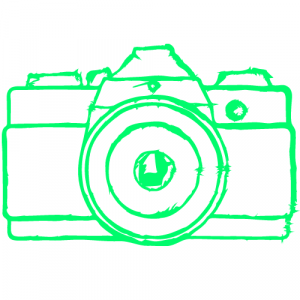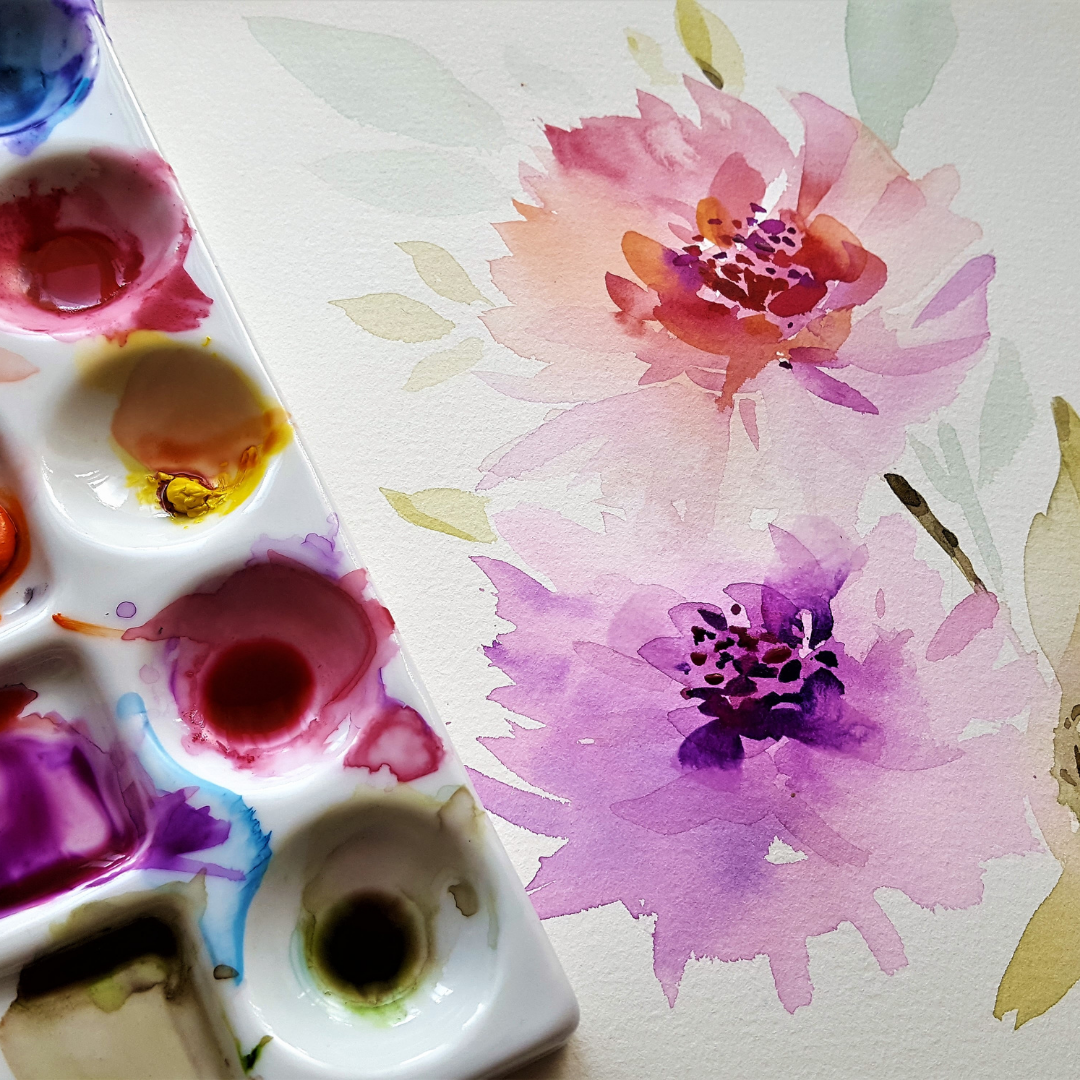Art is the essence of humanity. Art is part of our lives, from ancient cave paintings to contemporary street art and everything in between. Art is an expression of self, and the art community is growing rapidly. The lines between art and life are becoming blurred. As society changes, so must art. The essence of art is being alive, affecting others, and being the driving force behind change.
It is perhaps impossible to define what art is when it comes to art. Even so, art has a universal appeal. It enraptures; it provokes, inspires, and it engages. It challenges us, it confounds us, and it makes us feel. It makes us feel. And when it comes to art, the emotion felt by the viewer or listener, by onlookers or fans, is critical to what art is and what it means.
The art begins with a question, like a detective entering a crime scene and rifling through everything in sight, asking questions that lead them to an answer. The answer turns out to be a truth, a convincing presentation of something true.
The field of art history is brimming with controversies, but is there such a thing as right and wrong in art? It’s something that has always intrigued me. Although art history is vast, full of eras and movements and schools of thought, there’s usually always one central theme: like beauty, art is supposed to make us happy.
So, Is There a Right and Wrong Answer in Art?
When it comes to the visual arts, it’s often okay to ask an artist or art curator a question, and you’ll get an answer. But, it’s often not so clear when it comes to philosophy. Even philosophers are often perplexed by what it is they can say and whether their answers are worth saying at all. They worry about saying something false or about not saying enough. They worry about being narrow-minded, giving bad answers, or giving bad answers to the right questions.
There is, in fact, an “art” to expressing yourself, and that art is the “right” and “wrong” answer. However, how you do this depends on who you are as an artist and what you want to say. For instance, if you’re an artist specializing in painting portraits, your “right” and “wrong” answers will be tied to what makes up a portrait. A suitable “right” answer would include shapes, proportions, and likenesses. A “wrong” answer, on the other hand, may say more about the artist than the subject.
This question—Is there a right and a wrong answer in art? —is often considered to be one of the more philosophical and art-historically based questions. It’s often discussed in the context of contemporary graphic art, but it’s really a question that exists in multiple media, including painting, sculpture, and architecture. From one perspective, there is never a right or wrong answer in art since all art is inherently subjective.
There are no right or wrong answers in art, and that’s good news for all of us. How you feel is how you feel, and that’s all there is to it. That’s the beauty of art: it moves us and inspires us. It helps us realize our potential and teaches us to forgive ourselves for past mistakes. Art isn’t right or wrong; it’s simply an expression of the soul.
Many feel that art should be enjoyed for what it is—a piece of art. For others, there is the belief that art is supposed to evoke some type of emotional response. Twisting art in the wrong direction or forcing an emotional response is frowned upon by some, while it should be embraced. Whether the art you like is realistic, abstract, or somewhere in between, there is no right or wrong answer in art.
It’s hard to imagine a world without art. The sense of beauty it can bring is extraordinary. Those same feelings can be evoked by those experiencing trauma but lack the words to describe it. The wrong words can alienate and trigger past traumas. The right words can soothe, comfort, and heal.
Art is subjective. That’s true. You might disagree with me, but that’s ok, and that’s just how artworks. So, why is this so? If art is subjective, then what is there to debate? The standard thought is that art is about feelings; how it impacts you emotionally. So, if we agree that art is about feelings, then ‘art is subjective.’
Does the answer exist? In some sense, yes. But in others, no. Some artistic choices have meaning and purpose, while others simply exist as artistic expression. Does art convey a true emotion that the viewer can interpret in their own way? Or is art purely subjective, relying on the viewer’s background and life experience to help them understand what they see? If nothing else can be said, art represents an interesting conundrum.



